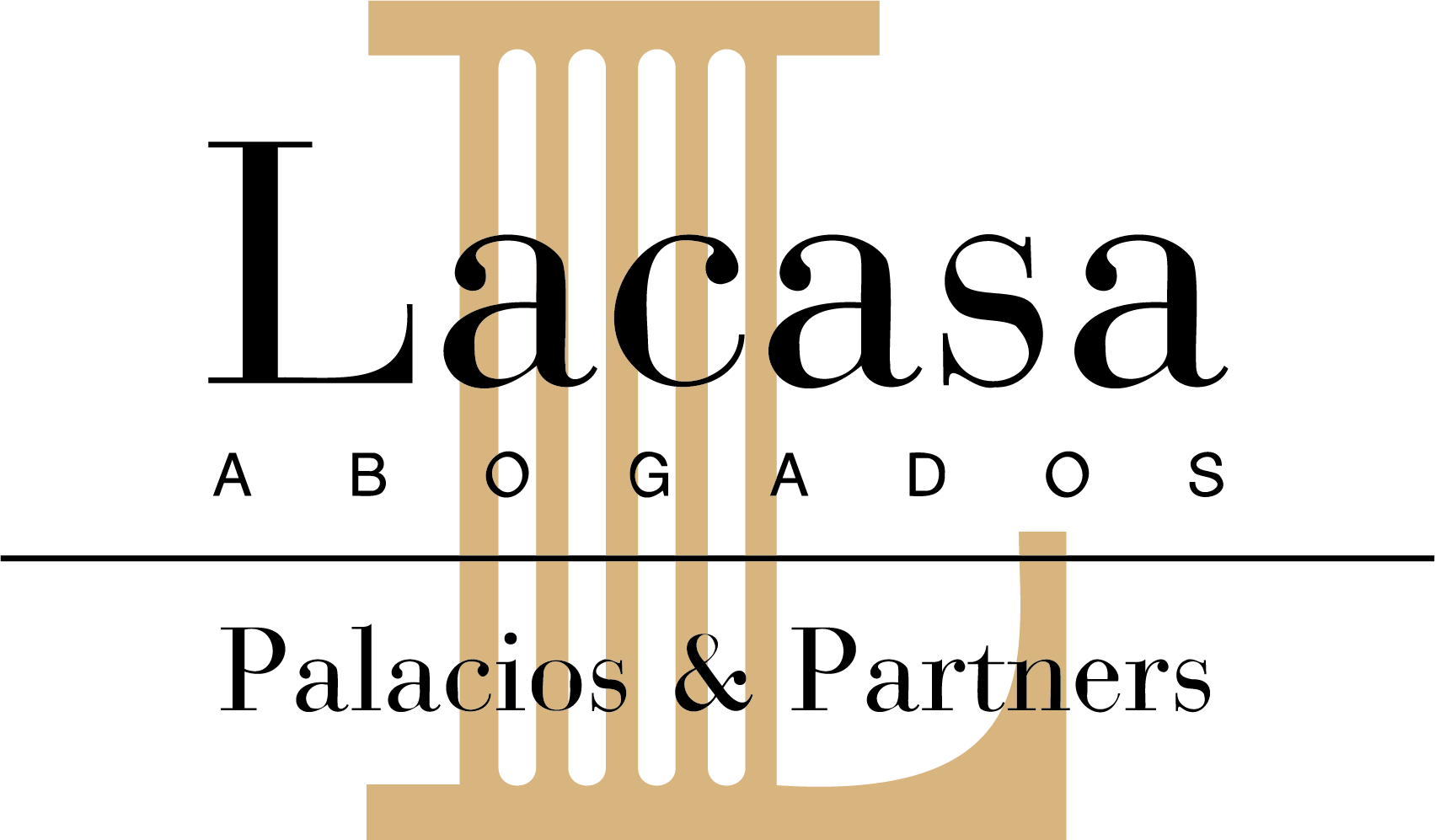
In an economy like Spain’s, there is a reason for every market positioning.
For years we have been reading in the economic press that there is a clear movement of international capital into Spain, basically directed towards the real estate market and the purchase of non-performing loans from banks.
What was the cause of such movements?
Simply that the price of real estate had been reduced by an average of 50% compared to 2007 values and that all macroeconomic variables in the country indicate a significant and sustained growth that should lead to a rise in such prices, as in fact is occurring and to a clear expectation of future profits.
If at this moment in Aragon there is a clear positioning of some operators to grow in the areas of health and nursing homes, it is undoubtedly due to the increase in the longevity of human beings and the business expectations that this generates, especially considering that the welfare state cannot grow much more, and that as a consequence the private sector will have an increasingly larger market share compared to the public sector.
If we take these conclusions down to our micro scenario, which is Aragon and Aragonese companies (90% of which are family-owned), if we take into account that the companies that have survived the crisis have been able to do their homework as a result of good management, the vast majority have emerged stronger from the crisis.
If we also take into account the Spanish macro situation and the expected multi-year growth, there will be an avalanche of corporate business movements as our companies have to gain size, are in a solid position and there is excess liquidity in the financial markets.
And for the readers of these brief lines, let me enlighten you about the benchmark values that are moving in corporate operations.
Within the food market, a very important sector for Aragon and one that we know well, the following multiples are used to arrive at the value of a company, in addition to the usual cash flow discounting systems, from which an average value can be obtained in an extremely simple way:
- Multiply by 26.9 the after-tax profit.
- Equal to 2.5 times shareholders’ equity.
- Multiply EBITDA by 13.3.
- The same by 1.7 the sales figure.
It is true that such ratios are those extracted from the official information of the large companies in the sector and that, in view of their size, international presence, future prospects, entry barriers, strategic position, management team and many other considerations, it would be logical to apply a corrective index of zero point something to the figure that comes out of the average of such operations.
Before embarking on a purchase, sale or corporate merger transaction, it is a good idea to know where international valuations of similar transactions are heading.
